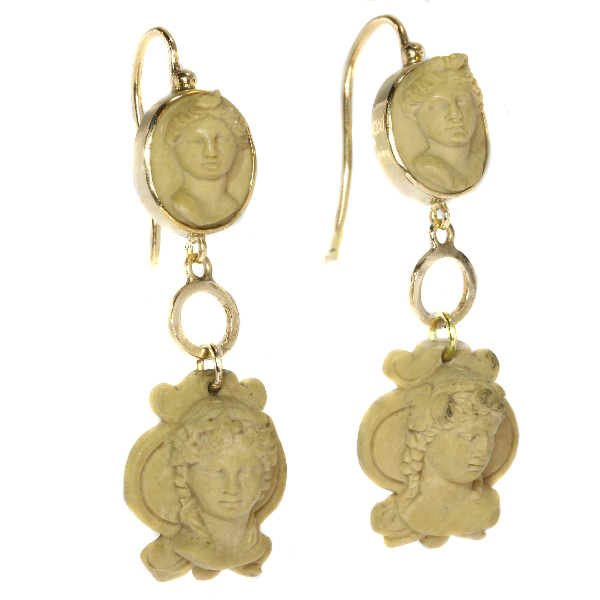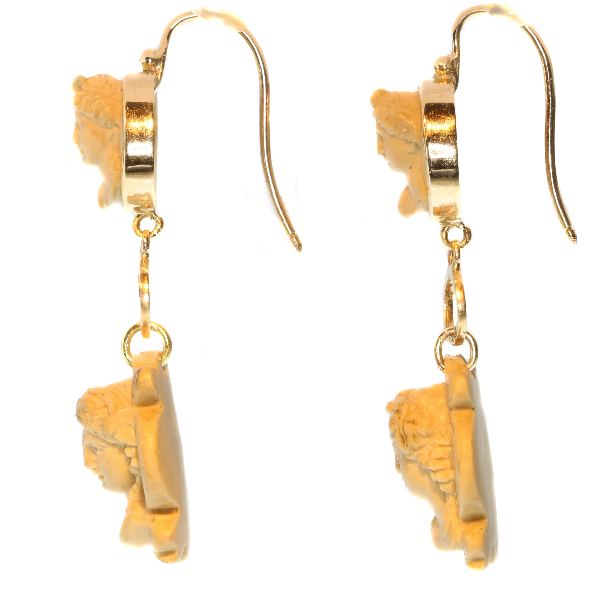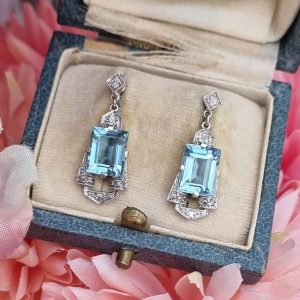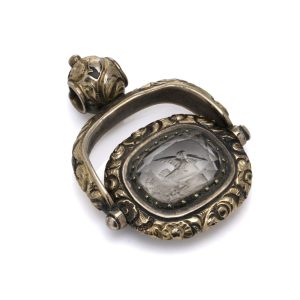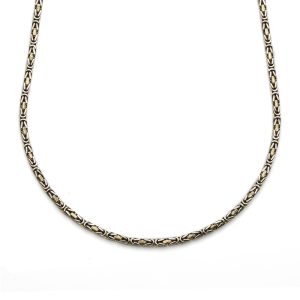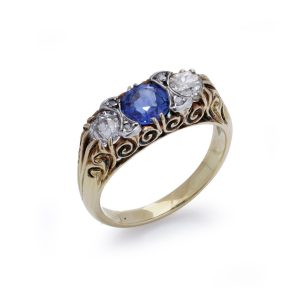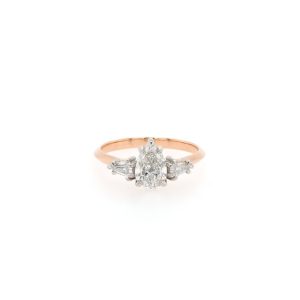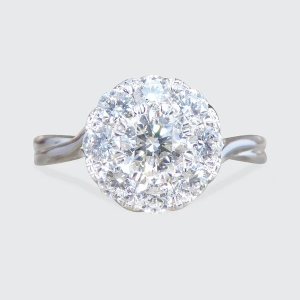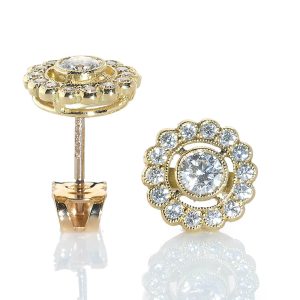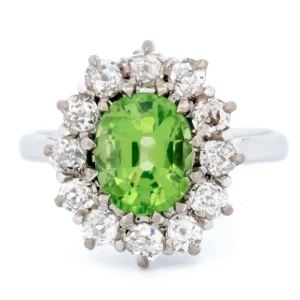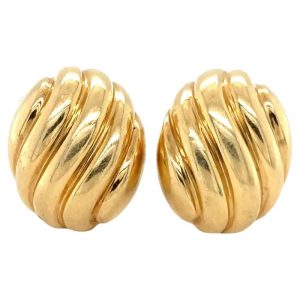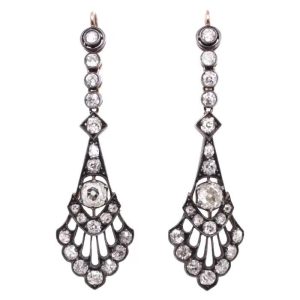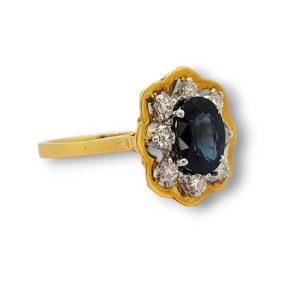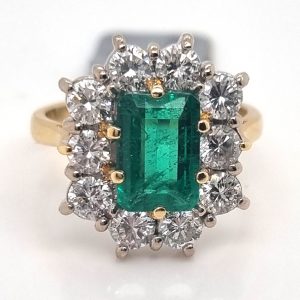Antique Victorian Lava Stone Cut Cameo Ear Pendants
Antique jewellery object group: earrings long hanging
Condition: good condition
Country of origin: Although it does not carry any legible control marks we believe this to be of Italian origin.
Style: Victorian – Victorian decorative arts refers to the style of decorative arts during the Victorian era. The Victorian era is known for its eclectic revival and interpretation of historic styles and the introduction of cross-cultural influences from the middle east and Asia in furniture, fittings, and Interior decoration. Victorian design is widely viewed as having indulged in a regrettable excess of ornament. The Arts and Crafts movement, the aesthetic movement, Anglo-Japanese style, and Art Nouveau style have their beginnings in the late Victorian era.
Style specifics: The Grand Victorian Period – Experts divide the reign of Queen Victoria, also called The Victorian era (1837 – 1901) into three periods of about twenty years each; The Romantic Victorian Period (1837 – 1860), The Grand Victorian Period (1860 – 1880), and the Late or Aesthetic Victorian Period (1880 – 1901).
We consider this to be of the Grand Victorian Period.
This second Victorian period is famous for its ostentatious pieces set with pearls and diamonds (from South Africa). From ca. 1850 wealthy English had reported about jewellery from India and Japan, which heavily inspired the jewellers of this period. This period also corresponds with the death of Queen Victoria’s husband King Albert making mourning jewellery (set with heavy dark stones) the type of jewellery specific for this period.
Period: ca. 1870
Source of inspiration: Classicism
Theme: Human heads
Material: 14ct red gold
Technique: Cameo is a method of carving or an item of jewellery or vessel made in this manner. It features a raised (positive) relief image. There are three main materials for Cameo carving; Shells or Agate (called a Hardstone cameo), and glass. Cameos can be produced by setting a carved relief, such as a portrait, onto a background of a contrasting colour. This is called an assembled cameo. Alternately, a cameo can be carved directly out of a material with integral layers or banding, such as (banded) agate or layered glass, where different layers have different colours. Sometimes dyes are used to enhance these colours. Cameos are often worn as jewellery. Stone cameos of great artistry were made in Greece dating back as far as the 6th century BC. They were very popular in Ancient Rome, and one of the most famous stone cameos from this period is the Gemma Claudia made for Emperor Claudius. The technique has since enjoyed periodic revivals, notably in the early Renaissance, and again in the 17th, 18thand 19th centuries.
Extra information: Lavastone jewellery – Lavastone jewellery, usually amounted cameo or intaglio, made of the lava from Mt Vesuvius and carved in Italy. The pieces are of a variety of colours, usually pale shades of greys and browns, and the surface is matt. It was a popular form of inexpensive jewellery of the 19th century.
Hallmarks: No trace.
Dimensions: height 4,05 cm (1,59 inch)
Weight: 4,50 gram (2,89 dwt)
Product SKU
AD-17129-0168
Sold
Sold Out



